12 Types of Facials to Consider for Your Skin
Now that you've decided it's time to get a facial, the next question you need to answer is what types of facials to consider for your skin type?
In our previous article, we took an introductory look at many frequently asked questions about what to expect and what exactly is a facial.
This article will go into detail about many of the different types of facials you've read about to help you decide what you might want to try.
Many of these facial treatments can be performed by different people in different facilities. For example, esthetician's clinics, day spas, medispas, and medical dermatology clinics. Within these environments, procedures may be performed by estheticians, nurses, technicians, and physicians.
Be sure to choose your clinic type carefully and provider type, especially if you seek treatments that could cause burns, scars, or bleeding. I prefer to see a board-certified dermatologist for anything more than relaxing spa days.
$$$$: >500

Classic Facial ($)
Not to be thought of as boring, the classic facial was described in our first article. A series of multiple steps over about 45-90 minutes mixed in with some spa luxury. A classic facial will be tailored to your skin type and maybe hydrating, anti-aging, exfoliating, clarifying, etc.
If you have easily irritated skin, check out these lists of best and worst ingredients for sensitive skin to look for. We've also compiled a list of the 20 best natural ingredients for acne that you might like to read. Depending on the type and location of your facial, incorporating specific ingredients into your treatments is often possible.
Various types of facial treatments and add-ons may be available, including some listed below.
Arranging an ongoing skincare plan and having a monthly facial will help keep your skin healthy and glowing and free of dead skin cells and clogged pores.
Deep Pore Cleansing Facial ($)
A variation on the classic, this type of facial focuses on extractions and deep cleansing. They are best suited to people with skin that tends to be oilier. But how exactly do you get deep into the pores? Multiple steps go into a deep pore cleansing facial. They include heat/steam, often an enzyme peel, cleansing, extractions, and a face mask designed to absorb (ie. clay or charcoal).
Detox Facial
What really does detox mean?
A detox facial is likely designed to be similar from a deep cleansing and purifying standpoint. However, like with cosmetic claims and marketing, you could make an endless list of types of facials using all the marketing terms out there. All facials will include cleansing and extractions, so other options are better if you have dry skin. Even a hydrating facial can still be detoxifying, so be sure to tailor to your skin type.
Microdermabrasion Facial ($$)
Microdermabrasion is a minimally invasive procedure that removes dead skin cells from your outer layer. It can improve the appearance of tone, texture, fine lines, age spots, scars, and sometimes melasma. It's performed with either an abrasive wand (a bit like sandpaper) or a very fine spray of particles that get vacuumed away.
Microdermabrasion is an excellent way to rapidly see glowing skin and with use over time the effects amplify. There is minimal risk of downtime with some minor irritation for a few hours in some people.
Silk Peel ($$)
A silk peel is a form of microdermabrasion with a twist.
Like typical microdermabrasion, an abrasive (diamond head) device scrubs the skin's outer surface. At the same time, a gentle suction is applied, and a liquid serum is washed over the skin - all simultaneously. It's painless, and the type of serum used depends on your skin needs and goals for the facial. The serum applied might include Vitamin C, hyaluronic acid, or other ingredients that help you have healthy skin.
Chemical Facial Peel ($$)
A chemical peel is when acid is applied to your face. This speeds up the turnover of new cells and results in a more profound exfoliation to remove dead skin cells. The types of acids and the concentrations used vary—some examples: glycolic acid, salicylic acid, lactic acid, trichloracetic acid, carbolic acid.
The strength of a chemical peel and the degree of downtime/flaking you experience is divided into levels. A gentle peel (sometimes called a lunchtime peel) will exfoliate superficially with minimal (or zero) redness, flaking, or downtime.
A deep peel (sometimes called a level 3 peel) would be performed by a dermatologist. Side effects include at least two weeks of significant skin redness, flaking, and barrier damage, so downtime expected. Think of it as a chemical burn that generates healthy skin as it heals. While aggressive, this is an effective way to reduce the signs of aging.
Deep Exfoliation Facial
This is a variation or combination usually between a deep pore cleansing facial with a focus on exfoliation. Depending on the provider, the intense exfoliation may include an enzymatic peel prior to microdermabrasion. Others might provide the mechanical exfoliation first and then apply a chemical peel after, so further exfoliation happens at home. Regardless, always discuss with your provider as any sort of intense, deep exfoliation facial could have some downtime.
Vampire Facial (patient derived plasma treatments) ($$$$)
This is a medical procedure. This type of facial treatment aims to stimulate elasticity and collagen.
The procedure involves taking some of your blood, spinning it down to remove the red cells, and then using your plasma on your face or as an injection. It is often performed in conjunction with microneedling.
The science behind it is that platelets are incredibly high in growth factors that help stimulate cell regeneration and repair. This treatment will have many anti aging facial effects, but it comes with a hefty price tag.
Dermaplaning ($$)
A surgical scalpel (😳) is very gently scraped over the surface of your face to remove hair and the outer layer of skin cells. The ultra-smooth and new surface created allows better ingredient penetration into the skin.
Dermaplaning is not recommended if you have bumpy/uneven skin, like acne, because the scalpel can cause cuts.
Maybe it's because I work in hospitals and use scalpels for medical reasons, but this one kind of freaks me out. Choose your provider carefully!
Microneedling ($$$)
Sometimes called 'collagen induction therapy, microneedling involves pricking the skin with tiny, sterile needles. It is sometimes done with a derma roller for larger areas and sometimes with a small pen-like applicator for spot treatments. The needles penetrate enough to stimulate cell repair, effective for scars, pigmentation, enlarged pores, and possibly stimulating hair growth.
One of the advantages of microneedling is that it is effective while being more affordable than laser. But, again, talking to your board-certified dermatologist is an excellent place to start.
It can be a bit painful, depending on the depth of the needles and the size of the area, so some people use numbing cream. It also takes patience and time while multiple treatments are spaced over weeks to months. There is a risk of infection, bleeding, or bruising, which should all be very rare, provided you're getting treated by an experienced practitioner in a clinical environment.
Microcurrent Facial ($$)
If you've ever had physiotherapy that used a TENS machine, this is a similar concept. Microcurrent facial treatments are painless and noninvasive. The most common method is to stimulate muscle contractions to tighten and provide a lifted appearance.
Acupuncture ($$)
Acupuncture is a medical procedure that needs to be performed by a trained practitioner. Many facial trigger points for both acupuncture and acupressure treatments exist. These can be linked to general wellness for your body and your appearance. Sometimes paired with microcurrent application, the goal is to stimulate collagen production and connect tissue tightening/lifting. Acupuncture facials might also include lymphatic massages.
LED Light Facials ($$-$$$)
LED light therapy is a relatively new skincare option, with some at-home treatments available. The primary purpose of LED lights is to use different wavelengths to target specific skin conditions. For example, blue wavelengths are known to kill acne-causing bacteria and also help improve inflammation. Red wavelengths target cell rejuvenation and collagen production.
Photo Facial ($$$)
This is a big step up in intensity from LED therapy in effectiveness and results. Photo facials are usually provided using a laser, though sometimes a device called IPL (intense pulsed light) is used. This medical-grade procedure must be performed safely, especially to protect your eyes from damage or your skin from burns.
There is some discomfort, but it is minimal. There's no significant downtime, but some small areas of swelling or redness may occur. Also, your pigmented spots will get darker and become more noticeable until they flake off in 2-3 weeks. The results include brightening of dark spots, and reduced red capillaries.
What Other Types of Facials are There?
The sky's the limit!
Remember, many of the above types of facials and treatments are available as add-ons to other services. If you're trying to tackle something like stubborn hyperpigmentation, using a combination of treatments over multiple visits might be necessary.
Based on your skin type, some variations of the classic facial would include deep cleansing, hydrating, brightening, aromatherapy, and more.
1 comment
Dr. Heather Smith developed her love for skinimalism and clean beauty years ago when she began making home remedies for her newborn's eczema. She is an expert in natural ingredients and active botanicals and has now launched bareLUXE Skincare - a full line of effective oil serums. She dedicates this blog to consumers who are researching ingredients and working to make their beauty ritual more natural and sustainable.
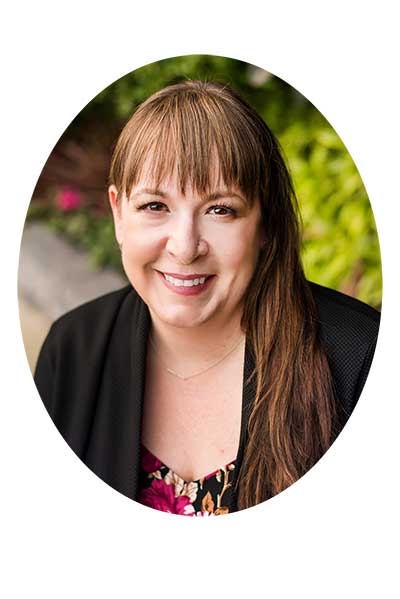
MEDICAL DISCLAIMER
This content is for informational and educational purposes only. It is not intended to provide medical advice or to take the place of such advice or treatment from a personal physician. All readers/viewers of this content are advised to consult their doctors or qualified health professionals regarding specific health questions. Neither Dr. Smith nor the publisher of this content takes responsibility for possible health consequences of any person or persons reading or following the information in this educational content. All viewers of this content should consult their physicians about their skincare concerns and routines.


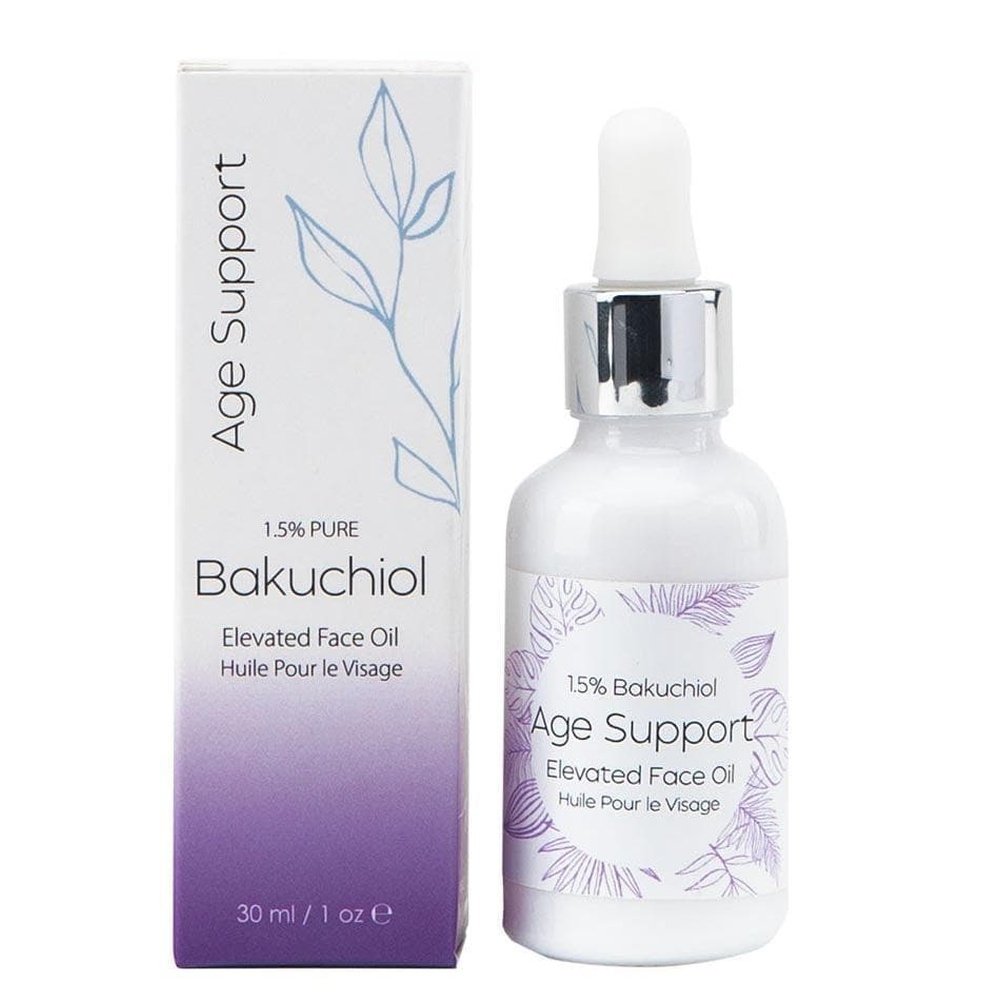
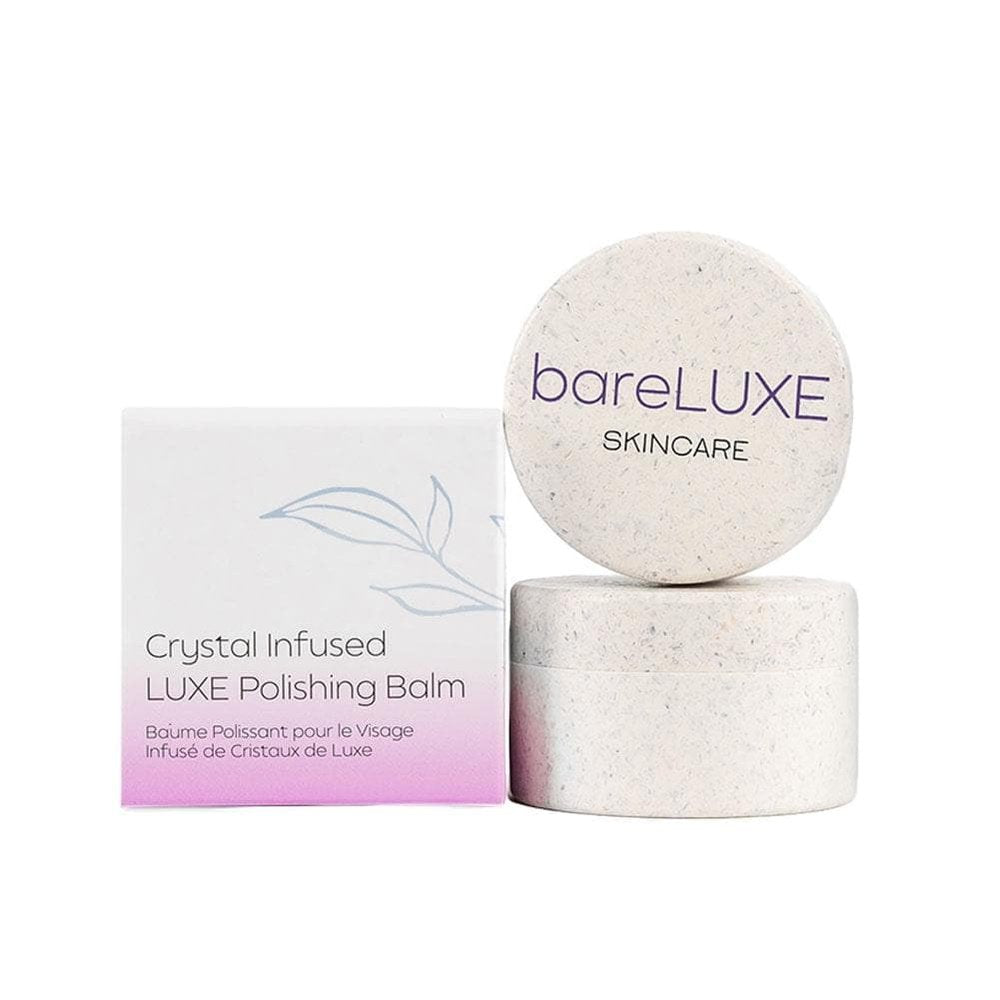
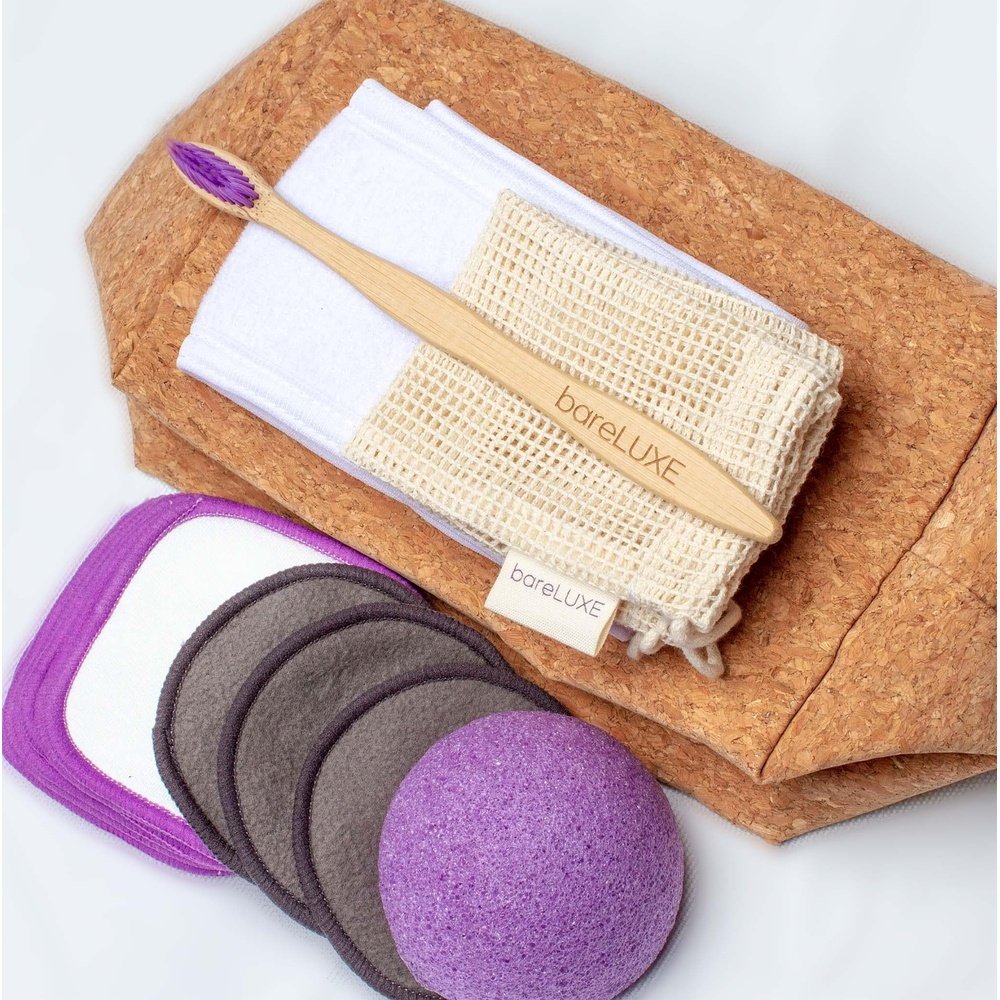
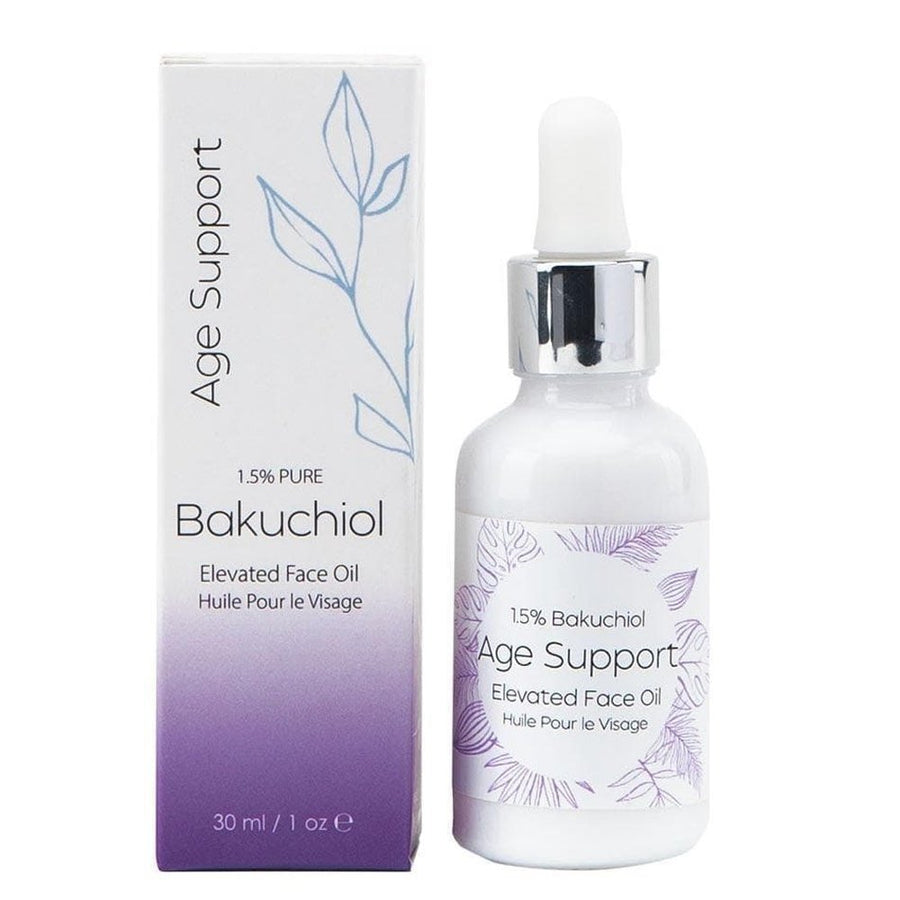
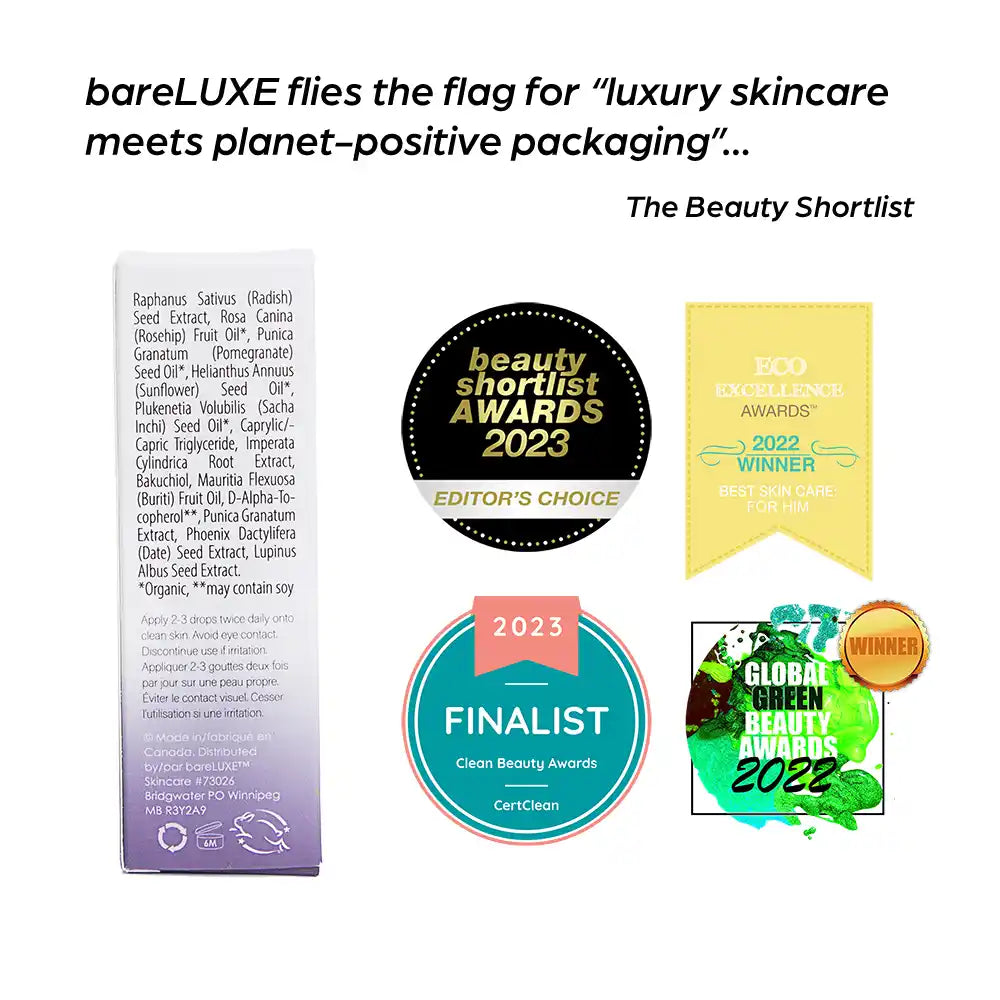
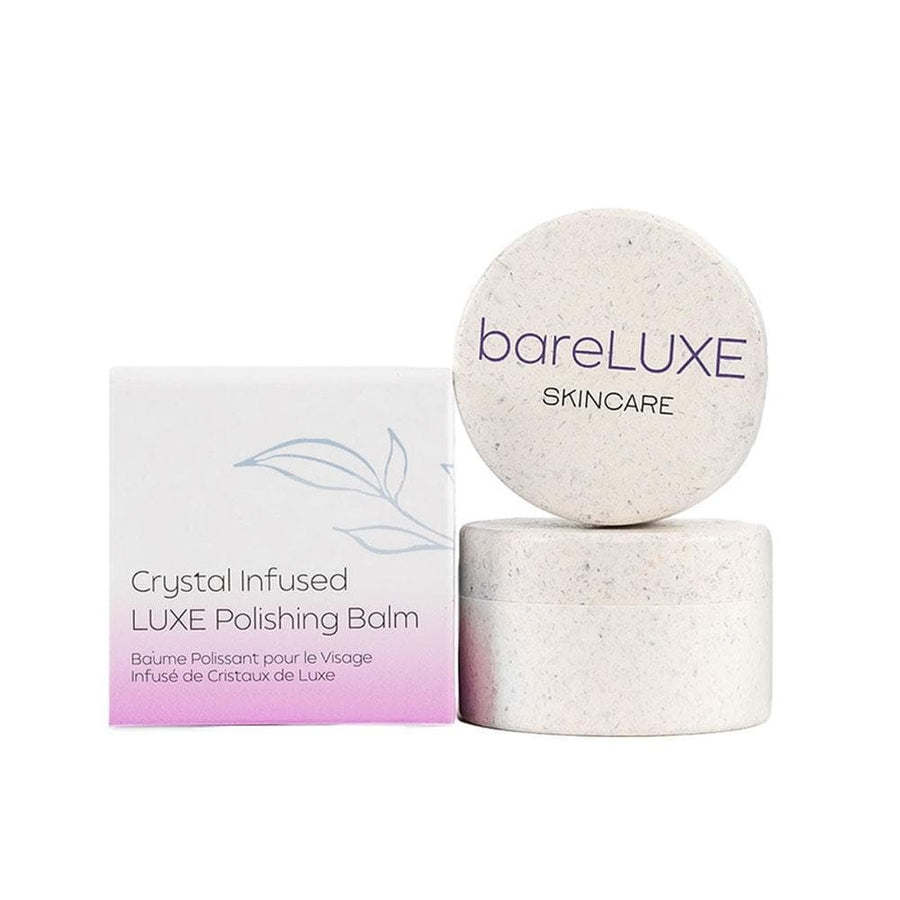
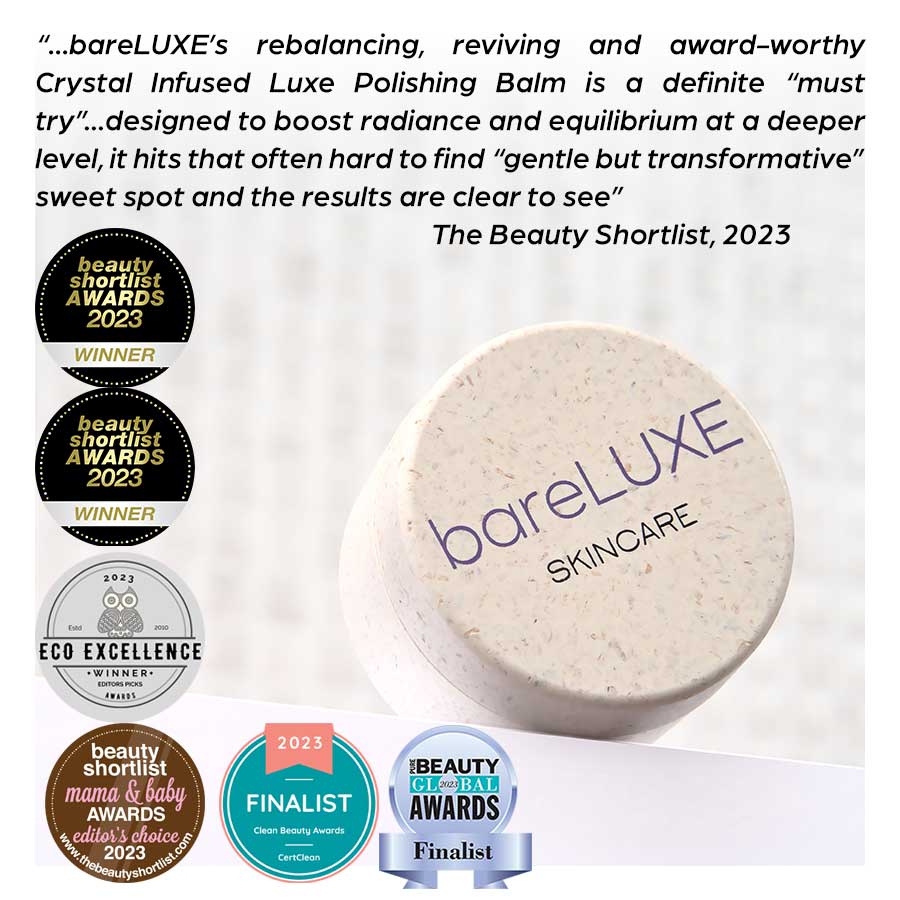
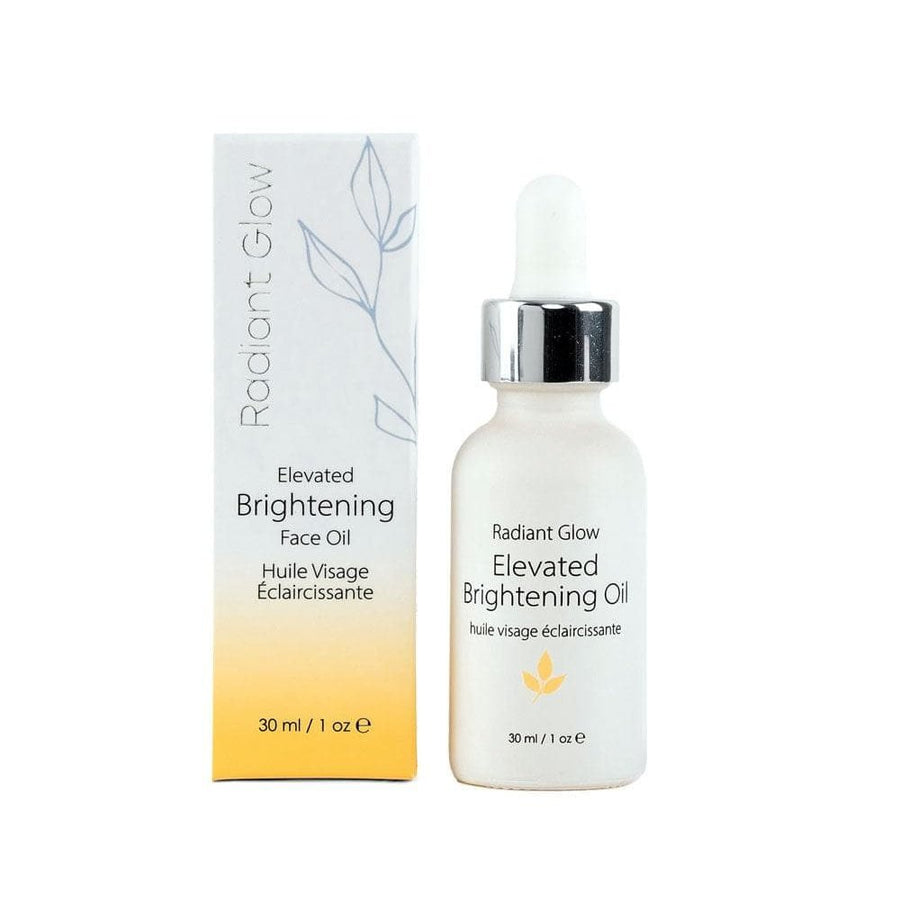
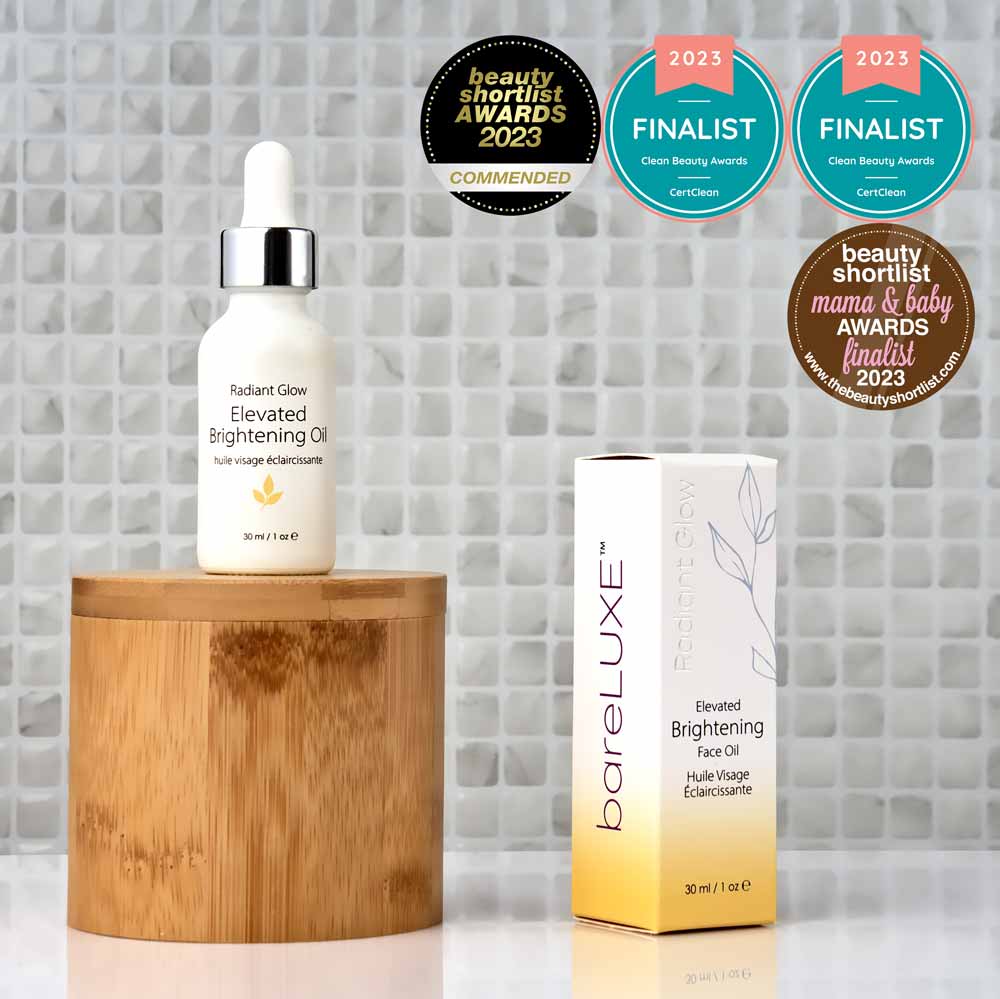
Hi bareluxe.ca admin, Thanks for the well-structured and well-presented post!
Leave a comment